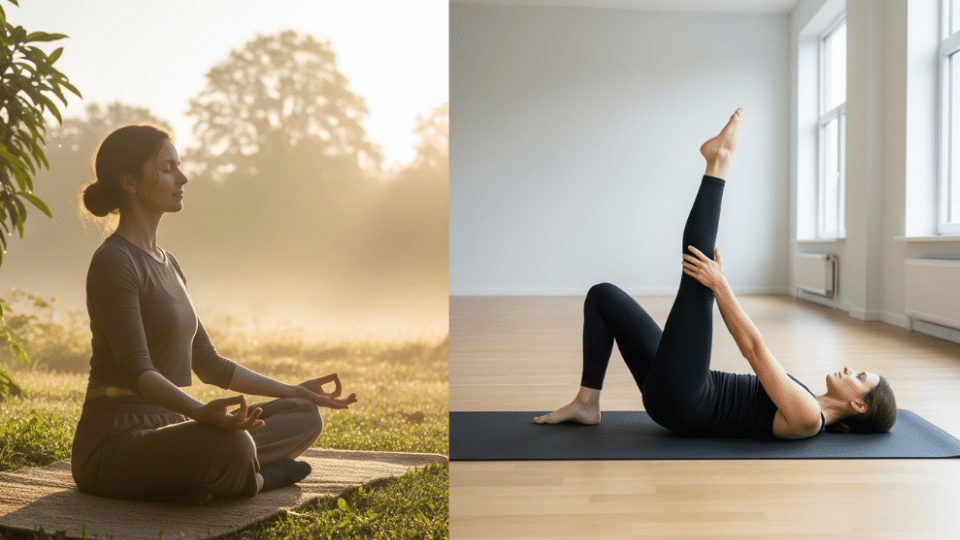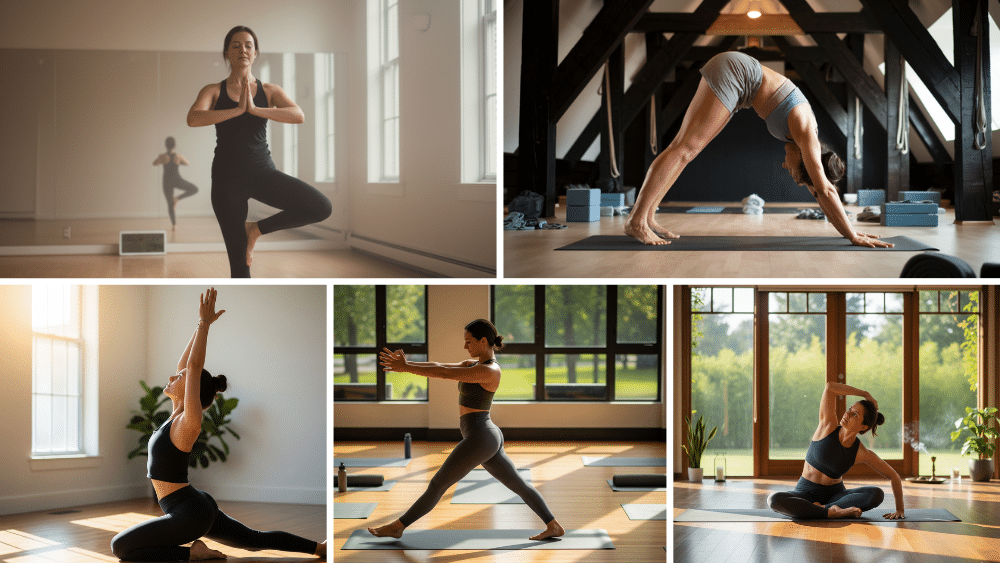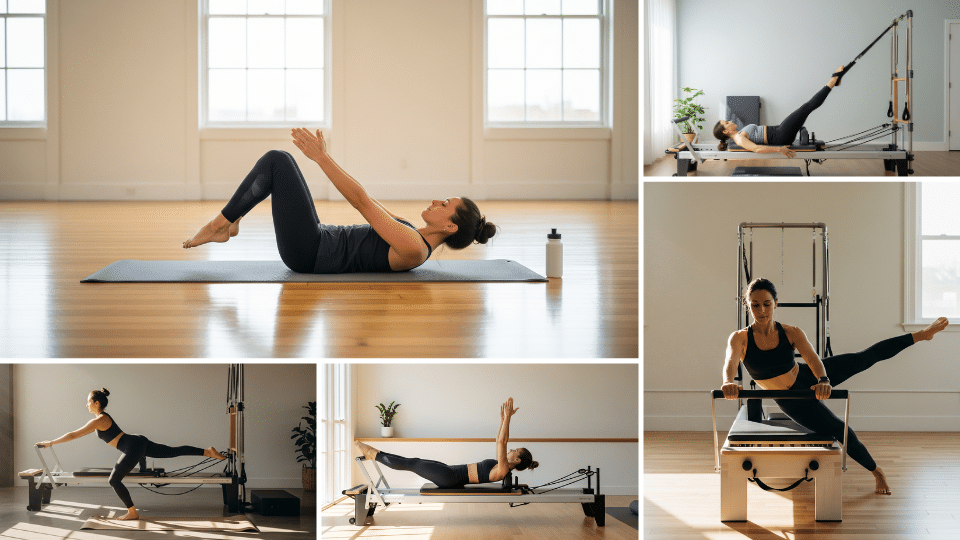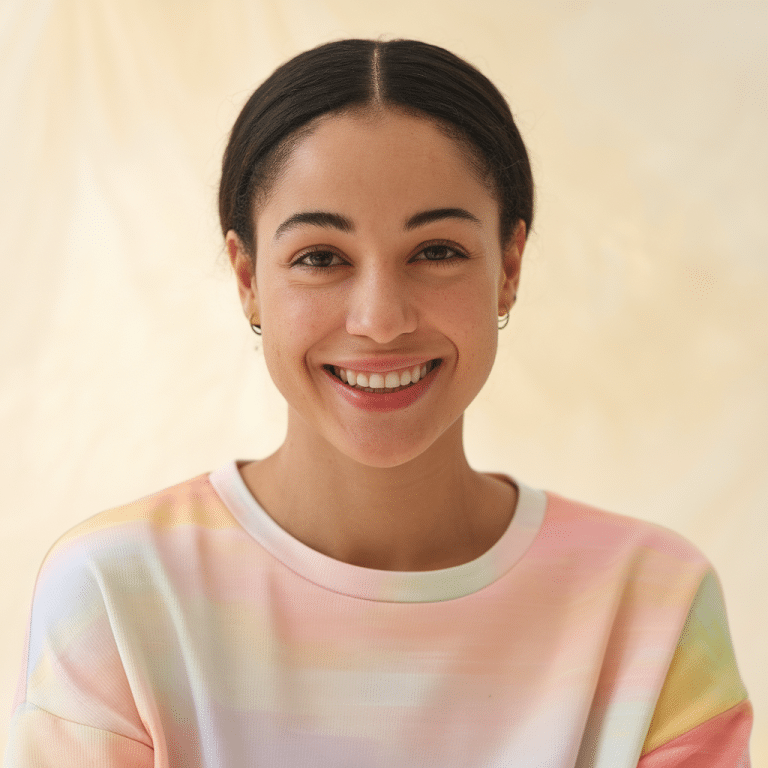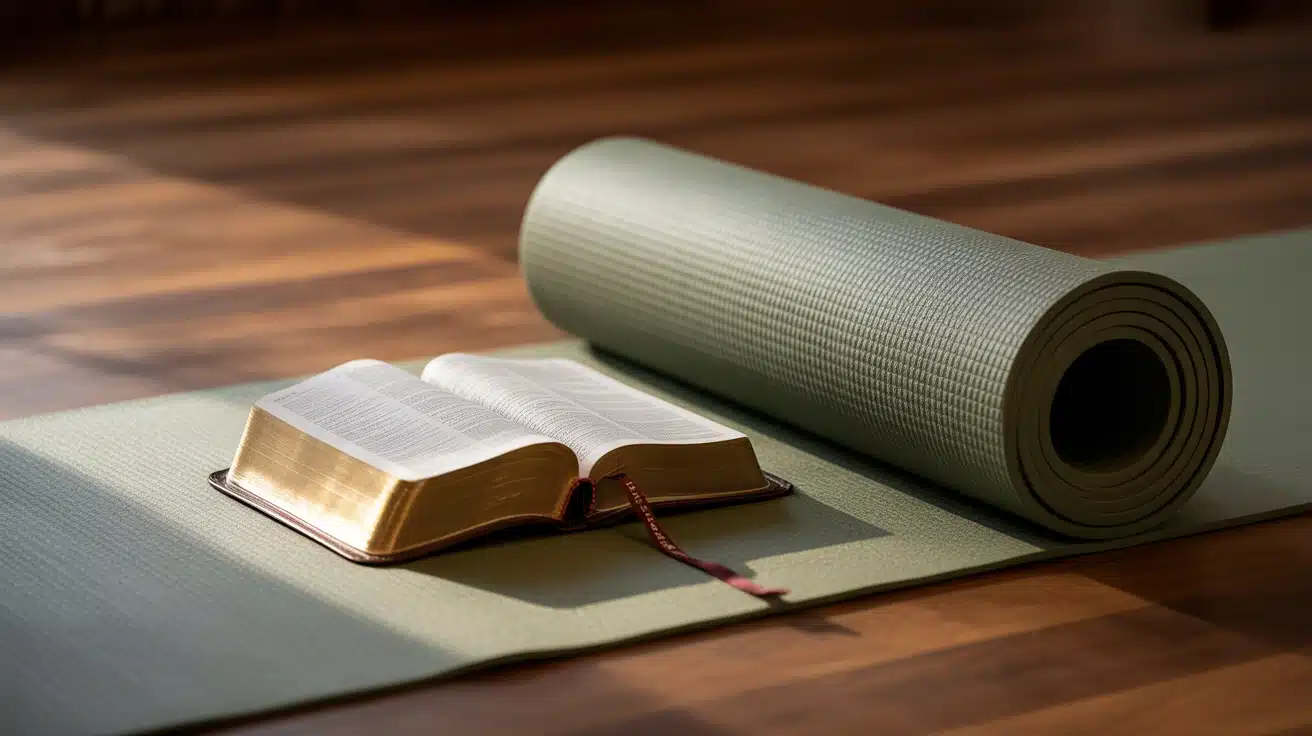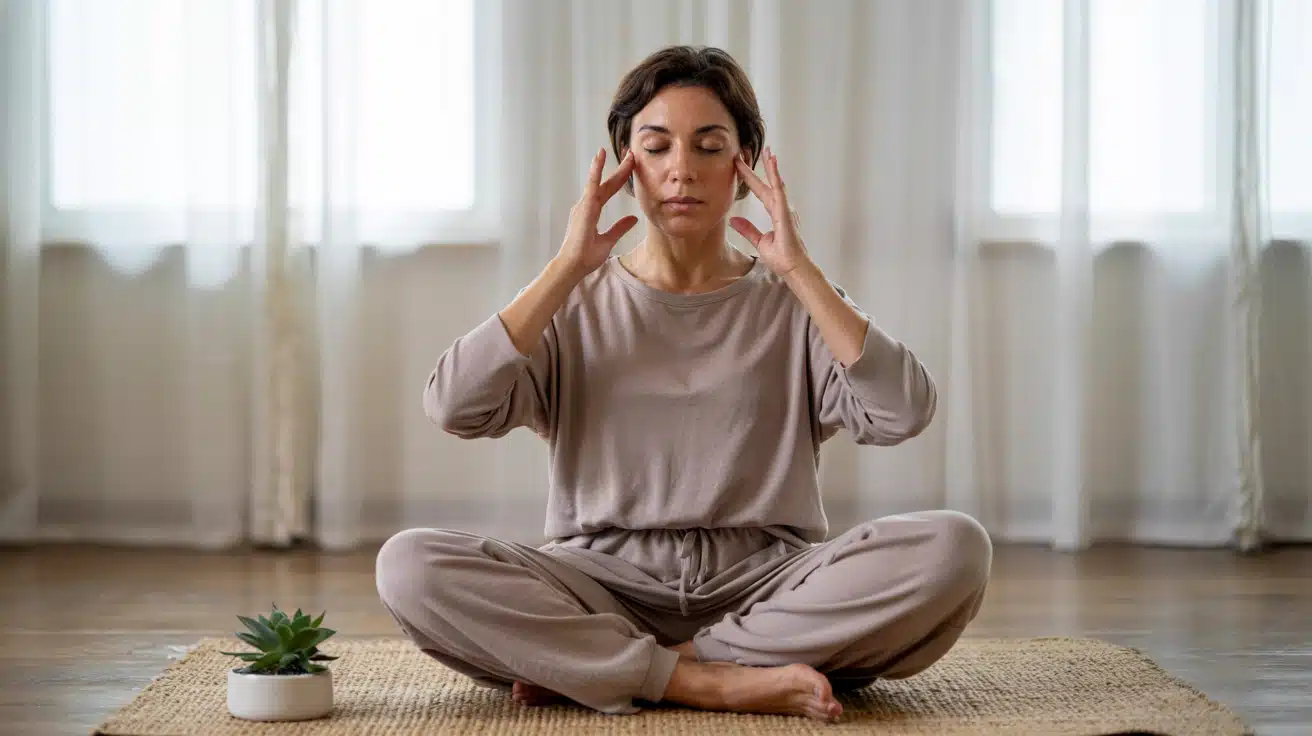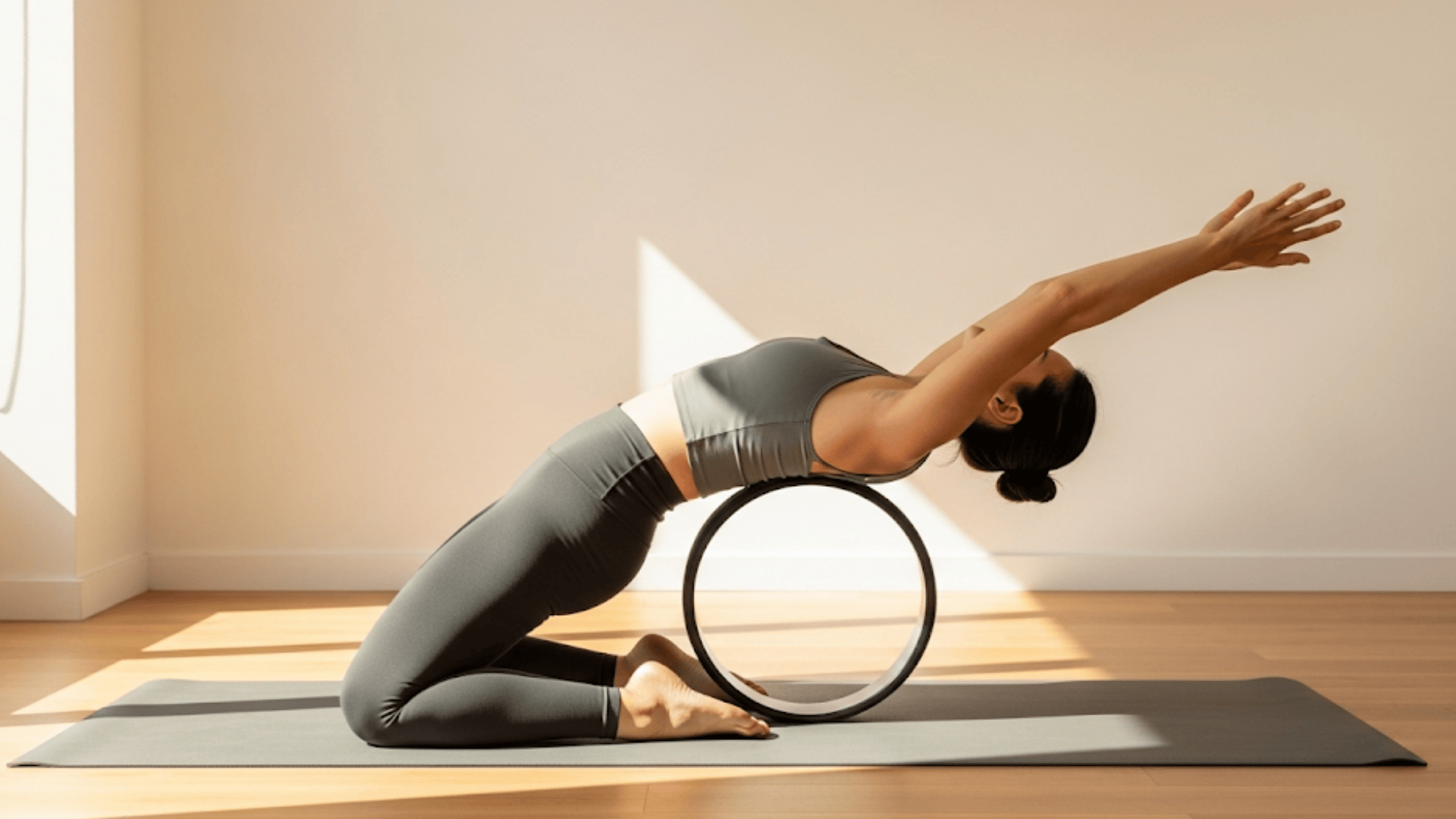What if two completely different fitness methods could solve the same problem: feeling disconnected from your own body?
Yoga and Pilates have emerged as two of the most sought-after wellness practices in today’s fitness landscape, attracting millions of practitioners worldwide who seek both physical strength and mental clarity.
While yoga traces its roots back thousands of years to ancient India, Pilates developed in the early 20th century, yet both disciplines have gained remarkable popularity across all age groups and fitness levels.
Though often mentioned together, these practices offer distinct approaches to building flexibility, strength, and mindfulness.
Whether you’re a fitness enthusiast looking to diversify your routine or a beginner seeking the perfect mind-body practice.
What is Yoga?
Picture this: a 5,000-year-old secret that millions swear by today.
Yoga combines physical poses, breathing techniques, and meditation into a powerful practice. What started as ancient spiritual training now helps modern people find balance.
This isn’t just exercise. It’s a complete system that connects your mind, body, and spirit. Every movement flows with purpose. Every breath carries intention.
Types of Yoga
From gentle stretches to intense flows, yoga offers styles for every body and goal. Here’s how to find your perfect match:
- Hatha Yoga: A gentle, slow-paced practice focusing on basic postures and proper alignment, perfect for beginners seeking foundational strength and flexibility.
- Vinyasa Yoga: Dynamic flow-based style that synchronises breath with continuous movement, creating smooth transitions between poses for improved cardiovascular health.
- Ashtanga Yoga: Rigorous, athletic practice featuring a set sequence of poses performed in the same order, building significant strength, stamina, and discipline.
- Bikram Yoga: Performed in a heated room (around 105°F), this 26-pose sequence promotes deep muscle flexibility and intense detoxification through sweating.
- Yin Yoga: Passive, meditative practice where poses are held for 3-5 minutes, targeting deep connective tissues and promoting relaxation and inner stillness.
While yoga has ancient roots, another modern approach, Pilates, offers a different path to the same goal.
What is Pilates?
Meet the fitness method that changed everything in just 100 years.
Joseph Pilates created this system in the 1920s with one goal: to build strength from your center outward. Every movement is precise. Every breath is controlled. Every muscle has a purpose.
Pilates targets the deep muscles others miss. These hidden powerhouses enhance your posture, balance, and overall body movement.
It’s low-impact but high-results, working your body like a finely tuned machine.
Types of Pilates
Just like yoga offers various paths, Pilates comes in different forms to match your goals. From mat work to reformer machines, each type brings its own unique benefits.
- Mat Pilates: Equipment-free floor exercises using body weight resistance, focusing on core engagement and fundamental movement patterns accessible anywhere.
- Reformer Pilates: Utilises a spring-loaded carriage machine providing variable resistance, enabling smooth, controlled movements that challenge stability and strength simultaneously.
- Clinical Pilates: Rehabilitation-focused approach supervised by healthcare professionals, specifically designed to address injuries, chronic pain, and movement dysfunction.
- Contemporary Pilates: Modern evolution incorporating elements from other movement disciplines like yoga and dance, offering creative variations while maintaining classical principles.
- Stott Pilates: Refined method emphasising neutral spine alignment and natural curves, integrating modern exercise science with traditional Pilates for safer, more effective practice.
Yoga vs Pilates Difference
Now comes the big question: which practice delivers what you need? Here’s how yoga and pilates stack up against each other in key areas that matter most.
| Yoga | Pilates |
|---|---|
| Enhances flexibility and joint mobility | Increases muscle endurance without adding bulk |
| Reduces stress and anxiety through meditation | Improves posture and spinal alignment |
| Increases spiritual awareness and mindfulness | Improves circulation and lymphatic drainage |
| Promotes better sleep quality | Strengthens deep stabilizing muscles |
| Enhances respiratory function | Supports injury prevention and rehabilitation |
| Cultivates mental clarity and focus | Improves body mechanics and efficiency |
Both practices share common ground in building lean muscle strength, supporting weight management, offering variety for all fitness levels, and enhancing overall body awareness – proving that either choice leads to meaningful fitness results.
Key Yoga Principles That Go Beyond the Physical Practice
Yoga practice extends far beyond the poses you see on social media. These ancient principles create a complete system for living well.
- Ahimsa (Non-violence): Be gentle with yourself. Struggling with a pose? No harsh self-talk allowed. This kindness flows into how you treat others.
- Pranayama (Breath Control): Conscious breathing connects your racing mind to your physical body, telling you when to push or ease up.
- Asana (Physical Postures): These aren’t just stretches. Each pose builds strength while teaching respect for your body’s limits. You learn to listen instead of forcing.
- Dharana (Concentration): Stay present during practice. When your mind wanders during warrior pose, you bring it back. This skill also helps during stressful meetings.
- Santosha (Contentment): Stop the comparison game. Your practice is perfect for you right now.
While yoga builds its foundation on ancient philosophical principles, Pilates takes a more systematic approach, utilizing precise training methods designed to achieve maximum physical results.
Key Pilates Principles That Guarantee Better Results
Pilates transforms your body through six fundamental principles that separate it from every other workout method.
- Concentration – Your mind directs every muscle, creating focused movement that delivers maximum results from minimal effort.
- Control – Deliberate, intentional movement replaces rushed repetitions. This approach builds genuine strength while protecting your joints from injury.
- Centering – Every exercise begins from your powerhouse core, establishing the foundation that supports all other movement.
- Flow – Smooth transitions between exercises create efficiency and turn your workout into a moving meditation.
- Breathing – Coordinated breath patterns fuel each movement and maintain focus throughout your session.
These principles form a comprehensive system. Master them, and you understand why Pilates creates lasting transformation that rebuilds your body from the inside out.
Which One Is Better if Your Goal Is Overall Fitness?
The truth about overall fitness? Neither practice wins completely. Both excel in different areas that your body needs.
Pilates targets your core with laser precision. It builds deep spinal muscles through structured exercises that have a clear purpose.
Physical therapists recommend Pilates because it helps create functional strength safely. These movements make daily activities easier – from lifting groceries to climbing stairs to playing with kids.
Yoga excels when stress takes over your life. It releases physical tension trapped in muscles while calming mental pressure. Yoga also delivers superior flexibility results.
Tight hamstrings and locked shoulders can be loosened through consistent stretching and gentle mobility exercises.
For complete wellness, yoga addresses your entire being. It helps with work stress, improves sleep quality, and sharpens mental focus. This makes yoga ideal for people seeking both physical and emotional balance.
Final Thoughts
Here’s what matters most: your wellness doesn’t have to fit into neat categories.
Both practices offer incredible benefits. Both can transform how you feel in your body. Both deserve a place in the world of fitness.
Your choice depends on what you need at the moment. Maybe that’s our core strength. Maybe it’s stress relief. Maybe it’s both.
The real winner? The practice you’ll actually stick with consistently. Start with what calls to you. Try a few classes. See how your body responds. Trust what feels right.
Your fitness story is uniquely yours. Write it with whatever tools serve you best.
Ready to begin? Your mat is waiting.

